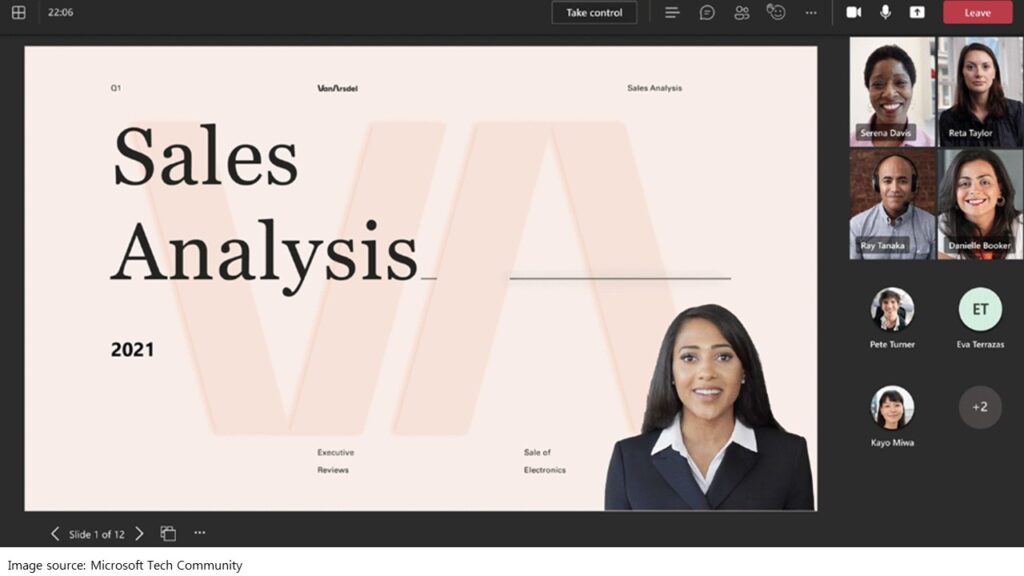Psychological safety isn’t just a buzzword, it’s vital for high-performing teams. When team members feel safe taking risks and sharing ideas without fear, they thrive.
Want to unlock your team’s potential? Learn how to create psychological safety at work and how our psychological safety course can boost innovation, morale, and team performance.
Want to find your current level of psychological safety, click here to take this 1-minute quiz.
The new WHS Law provides more emphasis on psychological safety, meaning Employers have extended obligations to safeguard employee mental health and wellbeing.
The Core Principles of Psychological Safety
Creating psychological safety at work rests on several key principles:
- Trust: Confidence that team members’ intentions are positive and supportive.
- Respect: Valuing each person’s contributions, perspectives and ideas.
- Open communication: Encouraging honest and transparent dialogue without fear of backlash or reprimand.
- Inclusivity: Embracing diverse viewpoints to enhance team problem-solving and innovation.
- Accountability: Holding everyone responsible for maintaining a safe and supportive environment.
These principles establish a framework that encourages employees to voice their ideas and question existing practices.
The Modern Work Environment: Trends and Challenges
The workplace is evolving rapidly, but there are many challenges as well:
Technological Advancements
Remote work and digital tools have become the norm. According to the Australian Bureau of Statistics, 37% of Australians worked from home at least once a week in 2023.
Diverse Workforces
Teams are now more culturally and generationally diverse than ever. The Australian workforce includes people from at least 200 different countries of origin.
Complex Problems
Businesses face multifaceted challenges that need creative solutions. The Australian Public Service Commission recognises that tackling complex problems requires fostering psychological safety.
In this context, psychological safety becomes essential. Without it, teams can’t navigate complexity or unlock the power of diversity for success.
Benefits of Creating Psychological Safety at Work
Psychological safety brings significant advantages that elevate team performance and employee satisfaction:
- Improved communication: Psychological safety boosts open communication. Teams with high psychological safety are more likely to speak up freely.
- Better collaboration: Teams perform better when they feel safe. Managers rated highly by employees tend to have an 84% psychological safety score.
- Effective problem-solving: Psychological safety fosters openness and drives teams under highly-rated managers to generate millions in annual revenue.
- Enhanced learning: A study of 51 decision-making teams found that higher psychological safety led to better understanding.
Impact on Employee Morale and Participation
Psychological safety boosts job satisfaction, leading to better engagement, loyalty and advocacy:
💬 Engage actively: Employees eagerly participate in meetings and projects, contributing ideas and collaborating more effectively.
🤝 Stay committed: Workers are more loyal, staying longer with the company, reducing turnover, and improving team stability.
🌟 Advocate for the company: Employees promote the company, enhancing its reputation and attracting top talent.
Impact on Creativity and Innovation
Psychological safety drives creativity and innovation by encouraging risk-taking and experimentation:
💡 Think outside the box: Teams propose bold, unconventional ideas, leading to new insights and opportunities.
🚀 Experiment without fear: Employees test new approaches without fearing failure, learning from mistakes and improving quickly.
🏆 Drive innovation: Encouraged experimentation fuels cutting-edge solutions, helping teams stay ahead in the competitive market.
Creating Psychological Safety at Work
Building a safe work environment begins with fostering trust and encouraging open communication. Here’s how to create psychological safety in your workplace:
Establish Trust
Trust forms the foundation of psychological safety. Consistent actions and clear communication help build and maintain it:
- Lead by example: Managers should model open communication by sharing their challenges and thoughts.
- Share information freely: Keeping team members informed reduces anxiety and fosters a sense of inclusion.
- Encourage questions: Make it clear that no question is too small. This promotes clarity and understanding.
Embrace Differences
Inclusivity strengthens teams by embracing diverse perspectives. It leads to better solutions and decision-making:
- Celebrate diversity: Acknowledge and value the unique contributions of each individual on your team.
- Invite input: Actively seek opinions from all team members to ensure everyone has a voice.
- Avoid assumptions: Keep an open mind and avoid making decisions based on biases or preconceptions.
Encourage Feedback
Feedback, when constructive, builds psychological safety and promotes growth. How it’s delivered is critical:
- Use “I” statements: Focus on observations rather than making generalised or judgmental statements.
- Be specific: Provide clear examples to ensure the feedback is understood and actionable.
- Offer solutions: Don’t just highlight issues—provide helpful suggestions to encourage improvement.
Integrating Corporate Wellness Programs
Corporate wellness programs support psychological safety by:
- Reducing stress: Mindfulness sessions and fitness classes help manage stress.
- Promoting work-life balance: Flexible schedules allow for personal time.
- Enhancing mental health: Access to counselling services provides support.
Did you know? An analysis found that corporate wellness programs increase job satisfaction and reduce healthcare costs by keeping people healthy.
Build a Safer Workplace with ATI-Mirage’s Psychological Safety @ Work Course
Creating psychological safety at work is a key driver of team success. It improves communication, boosts morale, and fosters innovation. By creating a safe environment and integrating wellness programs, you can unlock your team’s full potential.
ATI-Mirage’s Psychological Safety @ Work course provides practical tools to help you create safer, more supportive environments.
In this half-day course, you will:
✅ Learn the four stages of psychological safety and how they impact team dynamics.
✅ Discover the five essential steps to build psychological safety within your team.
✅ Identify and eliminate psychosocial hazards in the workplace.
✅ Understand the WHS Act & Regulations as they relate to psychological safety.
✅ Learn why anonymous feedback can erode psychological safety.
This course is tailored for team leaders, supervisors, or individuals committed to fostering a safer and more productive workplace.
Why Choose ATI-Mirage?
Our support continues after the course with free help desk assistance. You’ll also receive a resource-packed workbook and a Certificate of Attendance. Ready to boost psychological safety?
Browse our upcoming course dates and secure your spot today!













